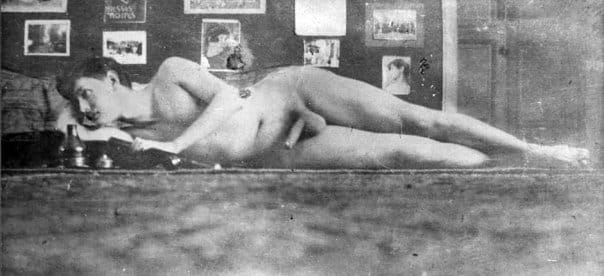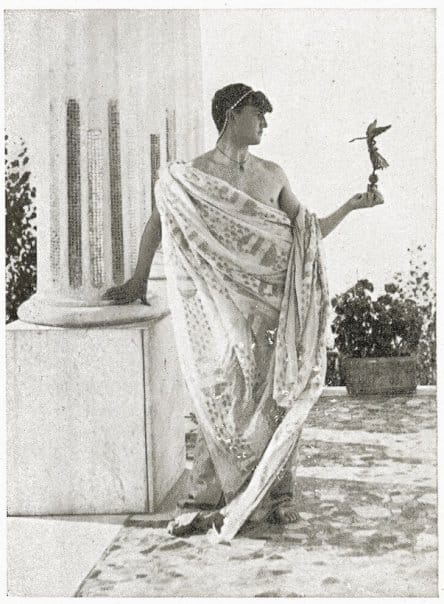Opera Queens
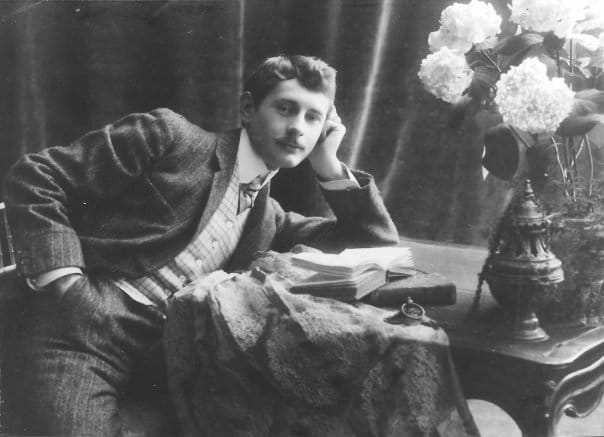
How gay is opera? This idea is less interesting than the idea that gay culture has always loved the flamboyance of music hall, opera, musicals and certain contemporary female pop stars. In the late 19th century, and into the 20th, it was common for wealthy gay men and women to stage impromptu theatrical-style performances and tableaux vivants at private parties and in more intimate settings. They were often erotic, or meant to be.

The term “opera queen” derives from this period (as do other code words like “Uranian” and “Queer”). I’m referring here to the not-so famous opera queens, who adored operatic fashion and performances, and who attempted to recreate them at parties, or for their lovers, but who were never as famous for original creativity, as were – say – Oscar Wilde or Freddie Mercury. An example is Henry Paget, 5th Marquess of Anglesey, nicknamed Toppy - shown below - who ran through his inheritance in record time, was known for his extravagant costumes and "butterfly dancing," his staging of pantomimes and theater, was married then rapidly divorced (no sex!), and dead by age 29 in Monte Carlo, from complications of tuberculosis (TB) and pneumonia.
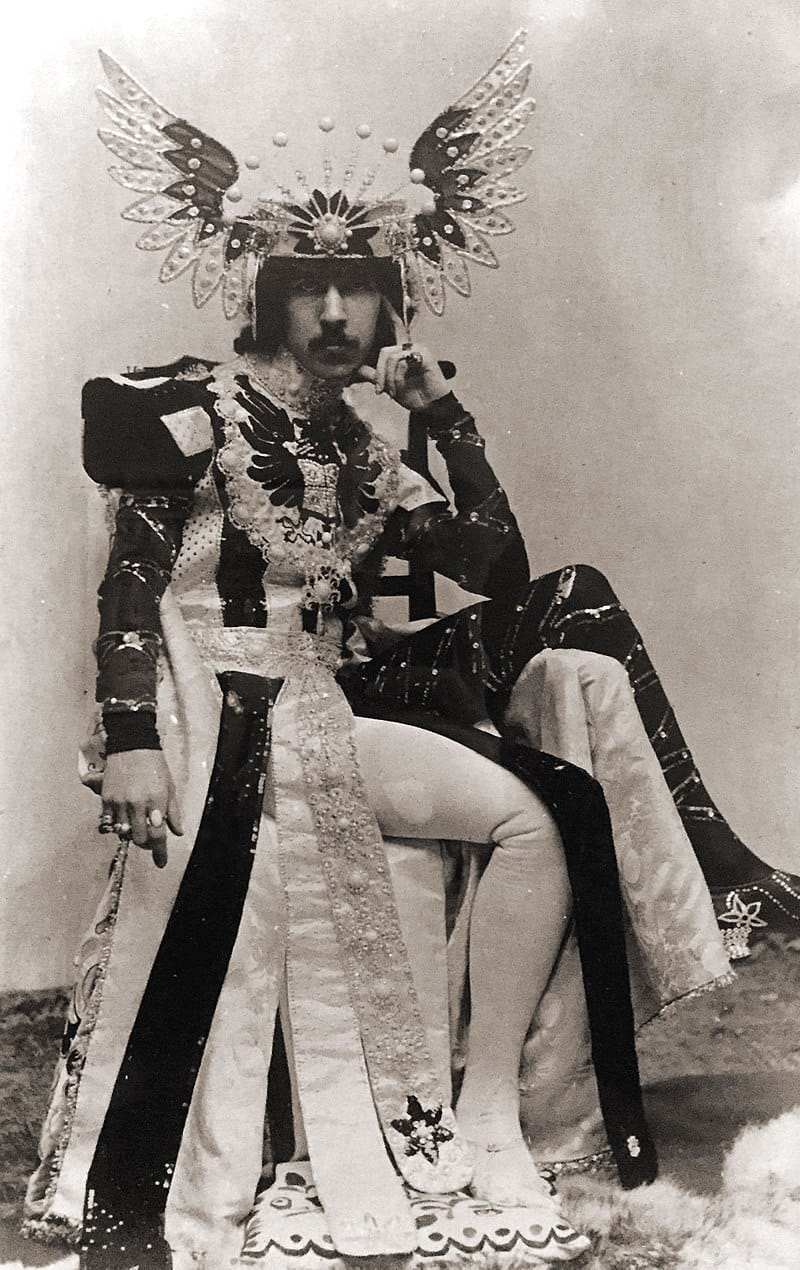
Another of the more notable opera queens was Baron Jacques d'Adelswärd-Fersen, a French novelist and poet who fled from Paris to Capri after a gay sex scandal and trial in 1903 for orgies and “debauchery.” His house on Capri, Villa Lysis, is now a tourist attraction with a fabulous view (photo below), and it became a magnet for similarly minded visitors such as Oscar Wilde, Somerset Maugham and German industrialist Friedrich Alfred Krupp over the next 20 years. D'Adelswärd was dead by 1923, aged 43, allegedly by suicide. He seems to be another doomed and narcissistic figure.
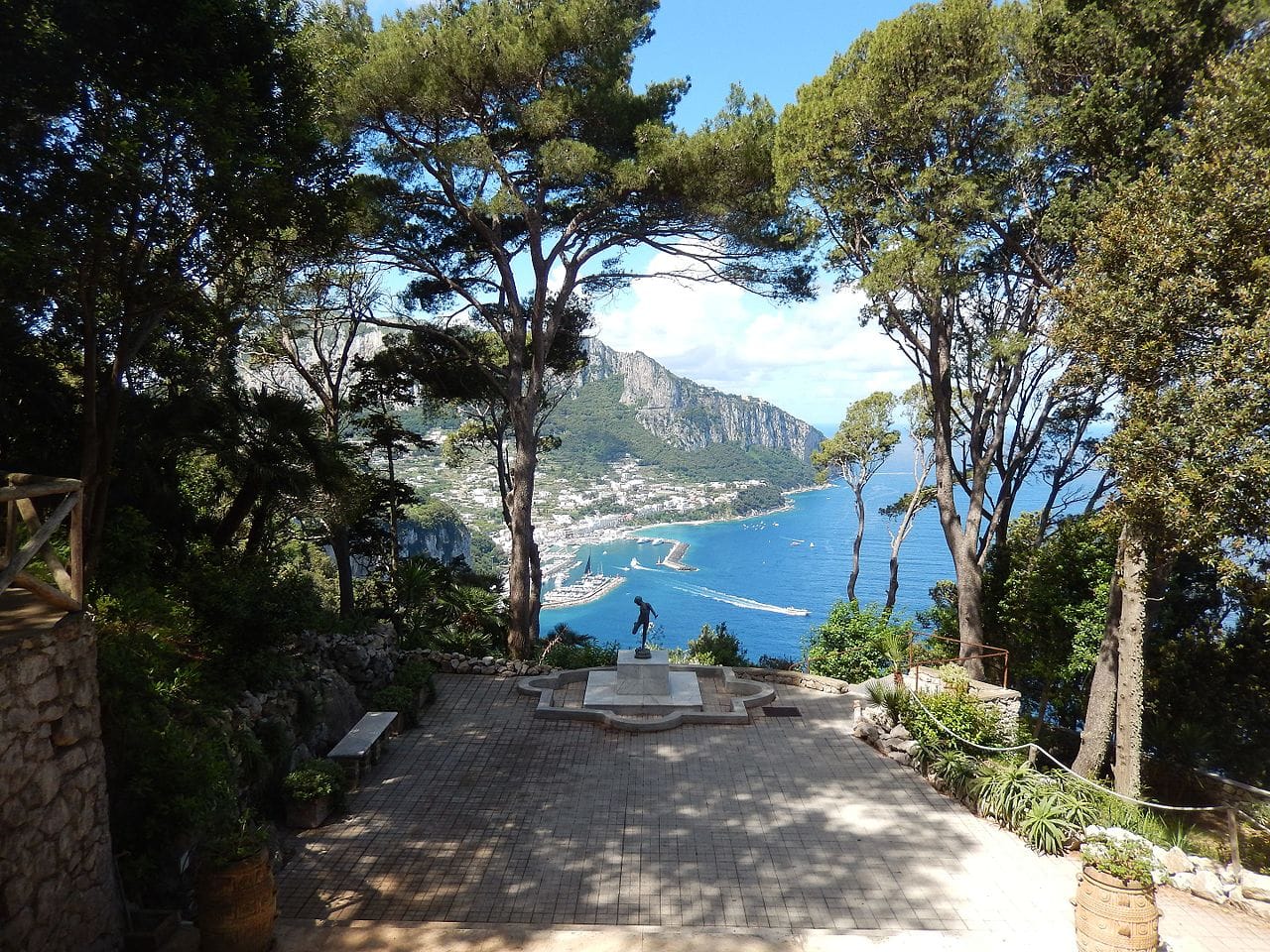
The photo below shows d'Adelswärd in 1914, reclining in his Opiarium (as in opium). Presumably, he posed for that. Below that is his most long term lover, Nino Cesarini, in a classical pose, circa 1906.
